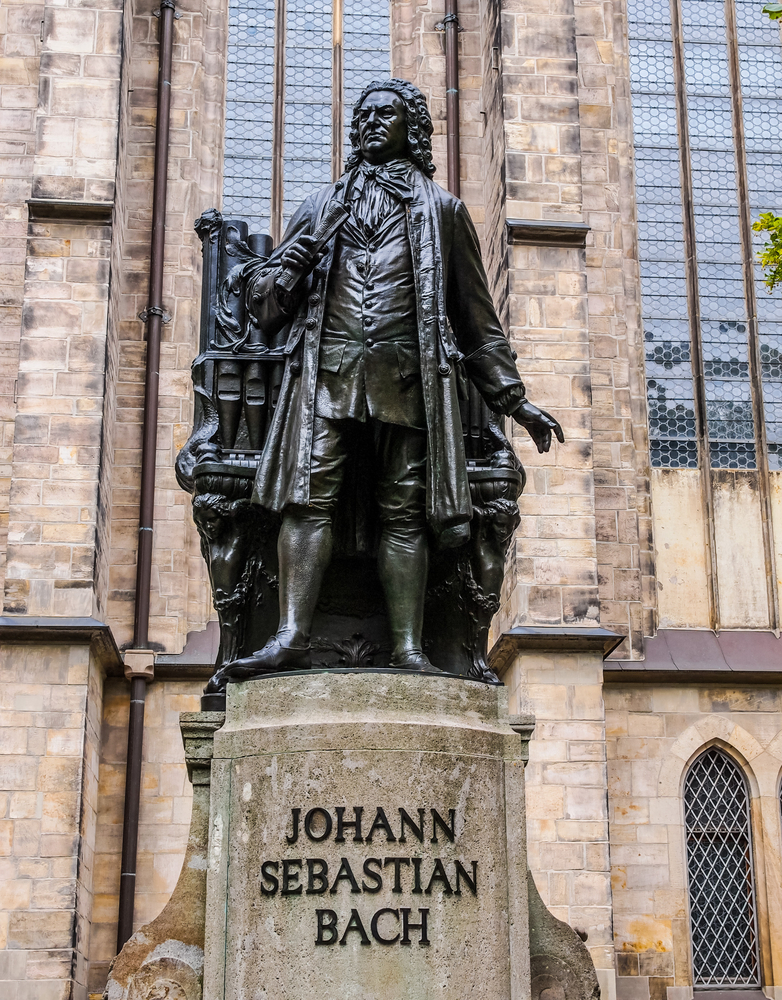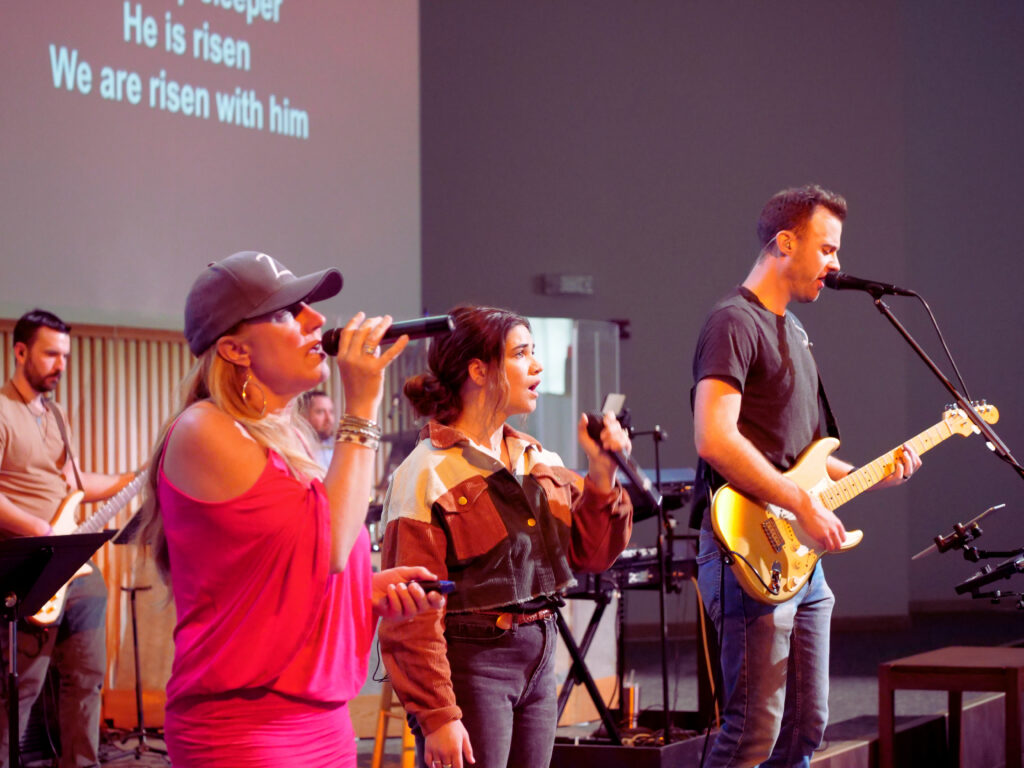From the earliest days of the Reformation, Martin Luther recognized the power of music to stir the soul and spread the Gospel message. As he famously said, “Next to the Word of God, music deserves the highest praise. The gift of language combined with the gift of song was given to man that he should proclaim the Word of God through Music.”
Whether you’re a valued Worship Band member, a seasoned voice in The King’s Choir or just “tuning in”, there’s plenty to learn about Lutheran music. More than simply an accompaniment to worship, music is an integral part of praising God. It’s a way to spread joy and celebrate our faith. Let’s look at how Lutherans have viewed music over the years.
Five Centuries of Lutheran Music
16th Century: Pop Goes the Reformation
Martin Luther (1483-1546) was a skilled musician who composed hymns that were not only theological but also incredibly accessible. He introduced the concept of the chorale, or a hymn intended to be sung by the church congregation, not just the choir. These include classics like “A Mighty Fortress Is Our God” that are still sung today. Many chorales were set to familiar folk tunes, to make them accessible to all worshippers. Suddenly church didn’t sound all that different from the local tavern.
Luther recognized music’s power to teach doctrine and spread the Reformation message. Over the centuries, this tradition has crescendoed into a profound element of Lutheran services.
17th Century: Upsets and Motets
The Thirty Years’ War (1618-1648) was a period of turmoil but adversity often breeds creativity. The 1600s saw profound musical development within the Lutheran tradition. Lutheran church music flourished in the form of the chorale motet. These vocal compositions featured increasingly complex rhythms and arrangements.
The chorale concerto was another popular musical form during this period. It blended the vernacular chorale with more elaborate instrumental and vocal forms. This style served as a transition to the baroque era of music.
18th Century: Going for Baroque

The 18th century witnessed the zenith of Lutheran music with the work of Johann Sebastian Bach, who was not only a devout Lutheran but also one of the most prolific and influential composers in Western music. Serving as a cantor in Leipzig, Bach composed over 300 cantatas, many based on Lutheran hymns. He also composed his famous Mass in B Minor and the Saint Matthew Passion. His music elevated the theological depth and intricate beauty possible in church music.
During this time, composers like Heinrich Schütz pioneered new operatic styles like recitative into sacred works to dramatically depict Biblical texts. They also expanded the use of instruments like organ, brass and strings to accompany choirs and congregations. Organ music became more prominent and sophisticated with virtuosic preludes and fantasias based on chorale tunes.
19th Century: A New Romance
The Romantic era saw Lutheran composers absorbing new styles and expressions which reflected broader cultural shifts in Europe and America. Art during this time emphasized personal expression, emotional depth, and a return to nature. Composers like Felix Mendelssohn revitalized older forms, such as the oratorio, with works like “Elijah,” which combined biblical narratives with romantic musicality.
The 19th century also saw the proliferation of choral societies in Lutheran communities. These societies often performed both sacred and secular works and were pivotal in maintaining musical literacy and involvement in the church.

20th and 21st Centuries: Hakuna Cantata
Lutheran music continues to evolve in the modern era. The 20th century introduced new liturgical movements that embraced both historical practices and contemporary forms. Composers like Paul Manz and Ralph Vaughan Williams contributed significantly to the Lutheran repertoire, incorporating modern harmonies and rhythms while maintaining a strong connection to traditional themes and scriptures.
Today’s Lutheran artists embrace technology and broader cultural influences to connect with a modern audience. Their music integrates a variety of musical styles, from traditional hymns to contemporary Christian music. King of Kings’ own Worship Band and Jesus Jammers are an example of this musical hybrid that incorporates guitars, keyboards and electronic elements into contemporary Lutheran music.
Get Inspired
Music is more than an interlude; it’s an integral part of worship that encompasses everything from hymns and psalms to musical liturgy and uplifting choir performances. These elements serve to deepen our experience, enhance the scriptural messages and inspire our congregation in a unified expression of faith.
Visit us on Sundays to sing, listen and grow. If you’re interested in joining one of our many musical groups, see the bottom of our worship page website for contact information. We’d love to add your talent to the mix. As Luther said, “Next to the Word of God, the noble art of music is the greatest treasure in the world.”

